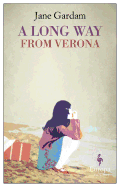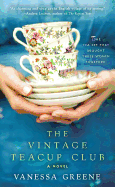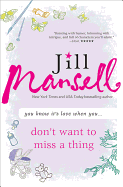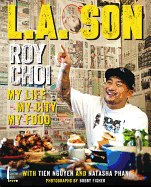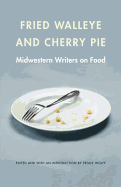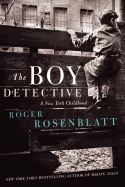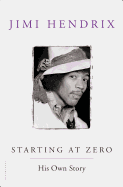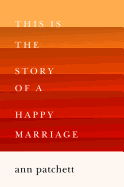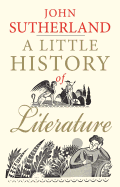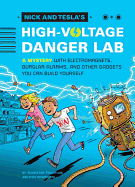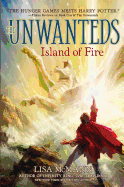 |
| photo: E.V. Jackson |
Joshilyn (pronounced Jocelyn) Jackson lives in Decatur, Ga., and is the author of six novels. Her books have been translated into a dozen languages, won the Southern Independent Booksellers Alliance's novel of the year, twice been a #1 Book Sense Pick, twice won Georgia Author of the Year, and twice been shortlisted for the Townsend prize. She recently took time out of her morning to talk with us about love, creativity, and Someone Else's Love Story (Morrow). Visit her website here.
How did Someone Else's Love Story come together?
I'd been wanting to write about William for about 10 years, but he is so sad! I don't tend to write slow-paced, elegiac, mopey kinds of books. I like there to be some kissin' and some shootin'. I started writing this book about Shandi, and I realized I was writing about the themes I wanted to use with William. When I thought about Shandi and William together, it's like he's this gray rock and she's this little hammer. I thought she could smash him open and he'd be all diamonds up in there.
I thought, "Well, they need to be together," and that's destiny. It had to be fate, it had to be this wildly random thing. I wanted to write a book about miracles, where all these huge, overblown fake miracles happen, and then quietly there would be a real miracle that you might not even notice happening but that is absolutely the working of God in the world.
What attracted you to the topic of autism and Asperger's?
Before I wrote gods in Alabama, I wrote a novel called Forty Dead Horses--isn't that a marketable title? Don't you wanna read that right now?--and it was about a character with Asperger's. I had a horse then, and the barn where my horse lived hosted a therapeutic riding program. As someone who was writing about it years ago, it's kind of irritating to me that it's become trendy now, but as a person who has relatives on the spectrum, I love it.
I feel it's important for William to have a love story, because people with Asperger's have a hard time reading social cues, but the truth is, they're very successful people in our world, especially in technology. They're marrying and having more kids and becoming more and more successful, so evolution tells us we're going to see more and more of this.
 This is a conventionally sweet love story told from an unconventional starting point.
This is a conventionally sweet love story told from an unconventional starting point.
William's story begins a year after he loses everything. I'm starting another novel right now and the narrator is Paula, William's best friend, in a place where she's happy with everything. I wasn't as interested in beginning with a William that had everything. William is a character who is very comfortable living in the now. He's a very present person. I'm not. I live in the future and the past. My life is a maelstrom of worry and regret, which is ridiculous. I'm like, I need to go to yoga class more often! William doesn't worry much and he doesn't reflect. He learns, decides, moves forward. You can't begin with him in a place where the main concern would be worry about losing something or regret for past actions. It has to be from a place where the forward motion is itself the tension, which is, "I have found myself in a situation that will allow me with no repercussions to walk into my own death," and that is where the story had to begin, with a person who is walking into their own death in a willful, chosen way and stumbles into a whole new beautiful life. That's the story I wanted to tell.
In Someone Else's Love Story, we meet two male/female best friend pairs. Do you think men and women can be just friends, or do you subscribe to the When Harry Met Sally school of thought?
I am a person who met a guy that I never would have dated because he was super nice to me, and he became my best friend. We were best friends for seven years, at which point it suddenly occurred to me that I was desperately in love with him, and I married him and had a whole bunch of his babies, and he's still my favorite.
I think there has to be something that removes sex from a male/female friendship. William and Paula have had sex, and Shandi and Walcott have had sex, so my way of moving sex out of the way was to go ahead and let them have had it--"We did that. That box has been checked."
The robbery scene is so tense and scary. How did you develop it?
I just wrote it [laughs]. The way I write action scenes is, I block out the scene and I play the scene myself as each character. What makes an action scene work is being able to see it, smell it. If I can't picture it, I'll get my friends or my children and set up the scene and move through it physically. You have to be able to see it for it to be effective. I think my theater background really helps me write action scenes, because when I write an action scene, it is correct. I know that nobody ever pauses and goes, "Wait, how did he get over there?"
What's your creative process like?
It's stupid. My creative process is really stupid. It's exhausting, and if I could do it any other way, I would. Usually I think about the character, and I never write anything down, I never take notes. If it's important, they'll come back, and I'll begin to realize that they belong with other ones and they'll start to form a cast, and an individual cast will get really loud. The longest I've ever thought about a character before writing was 19 years, and the shortest I've ever thought about a character before writing was five years. Each book has characters in it that are brand new, but there are also characters in there that I've been wanting to write about. So, the book I'm thinking about now, I may die before I get to write it down, but I have characters I've been thinking about for a long time, and it's their turn right now.
Tell us more about your next project.
I've never really written a sequel, although gods in Alabama and Saints are linked books, but when I was writing Someone Else's Love Story, I was thinking it was a trilogy. I don't know that I'll get to write them all. I know I'm writing the Paula book. I may be done then. I may get everything I need to say said, but I feel like this might be a trilogy that's moving toward one thing. I'm very interested in the last book, which would be about the custody battle for Natty with Paula as the lawyer. All of that is set up in Someone Else's Love Story, but I knew I wouldn't have time to tell that story yet. Plus, this is William's book. --Jaclyn Fulwood
Joshilyn Jackson: Her Cast of Characters
_Roland_Scarpa.jpeg)



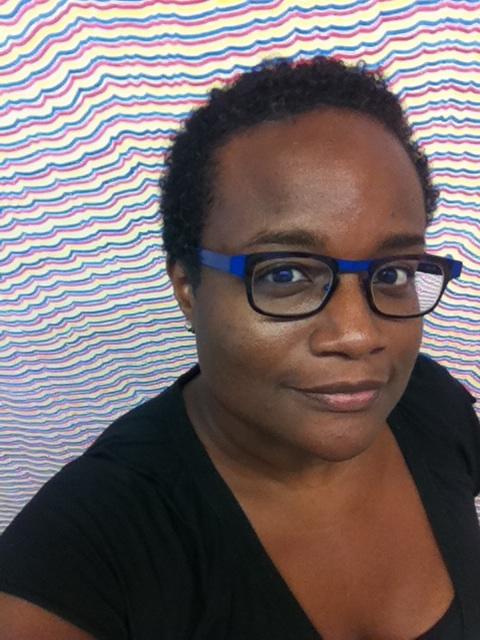 Retha Powers is editor of the erotica anthology Black Silk and co-editor, with Kathy Kiernan, of This Is My Best: Great Writers Share Their Favorite Work. Powers's journalism and essays have appeared in Essence, Ms., the New York Times Magazine and Glamour. A publishing professional for more than 20 years, she is currently assistant director of the Publishing Certificate Program at City College of New York. Powers is the editor of the just-published Bartlett's Familiar Black Quotations: 5,000 Years of Literature, Lyrics, Poems, Passages, Phrases, and Proverbs from Voices Around the World (Little, Brown, $40), at 720 pages a massive addition to the reference world and an equally massive contribution to our societal and political world.
Retha Powers is editor of the erotica anthology Black Silk and co-editor, with Kathy Kiernan, of This Is My Best: Great Writers Share Their Favorite Work. Powers's journalism and essays have appeared in Essence, Ms., the New York Times Magazine and Glamour. A publishing professional for more than 20 years, she is currently assistant director of the Publishing Certificate Program at City College of New York. Powers is the editor of the just-published Bartlett's Familiar Black Quotations: 5,000 Years of Literature, Lyrics, Poems, Passages, Phrases, and Proverbs from Voices Around the World (Little, Brown, $40), at 720 pages a massive addition to the reference world and an equally massive contribution to our societal and political world.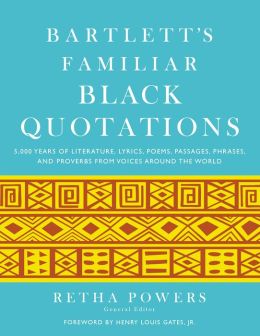 How did you decide what to include and what to omit? Did you feel constrained by the word "familiar?"
How did you decide what to include and what to omit? Did you feel constrained by the word "familiar?"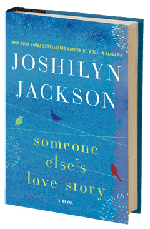


 This is a conventionally sweet love story told from an unconventional starting point.
This is a conventionally sweet love story told from an unconventional starting point. 